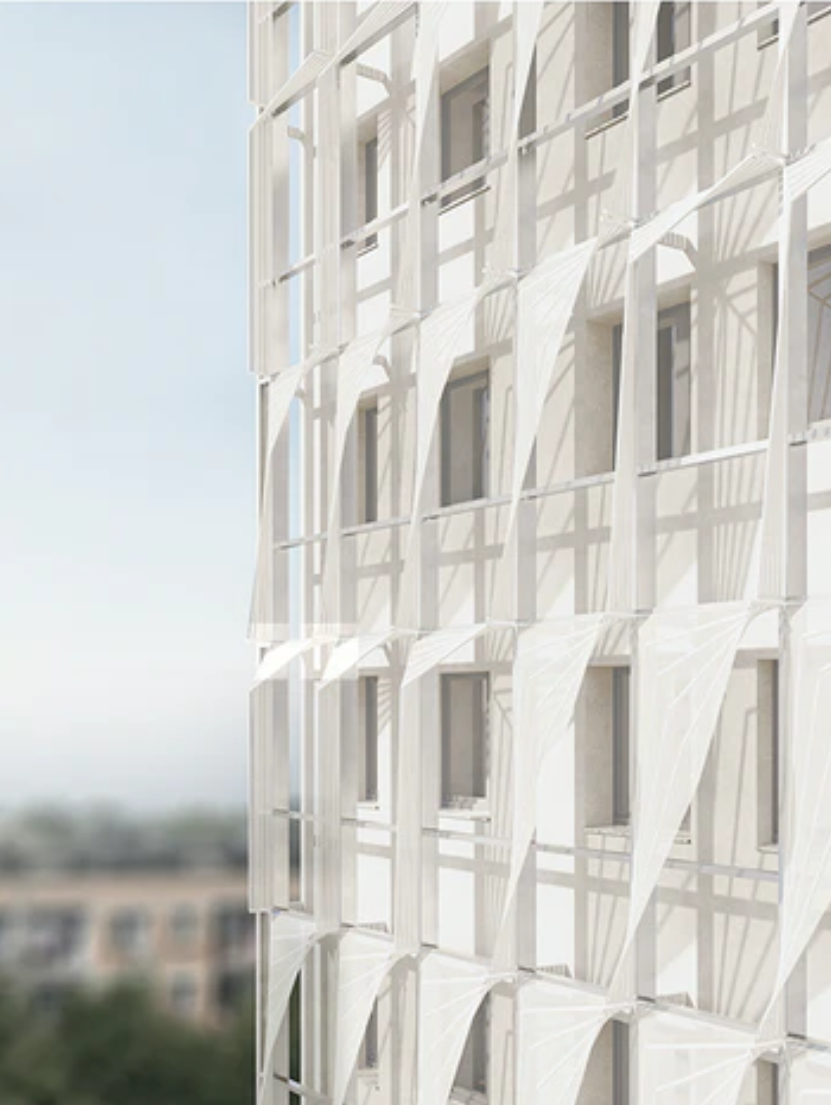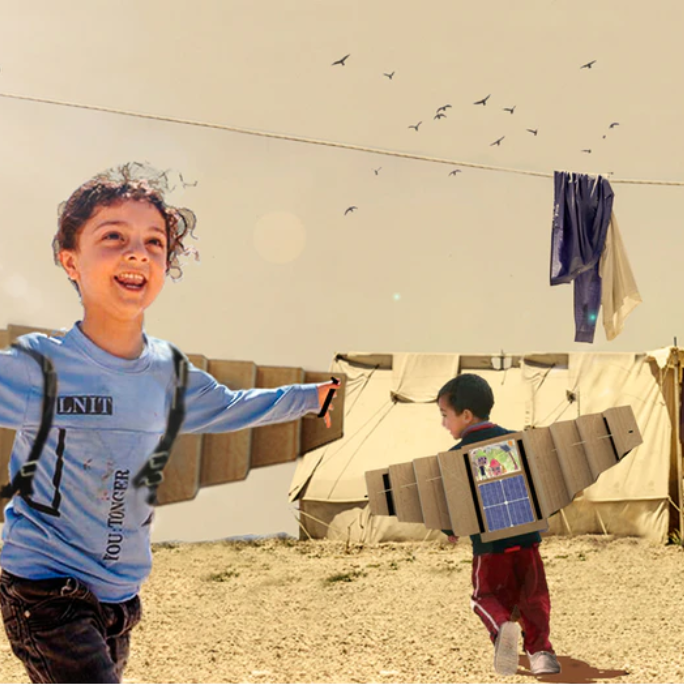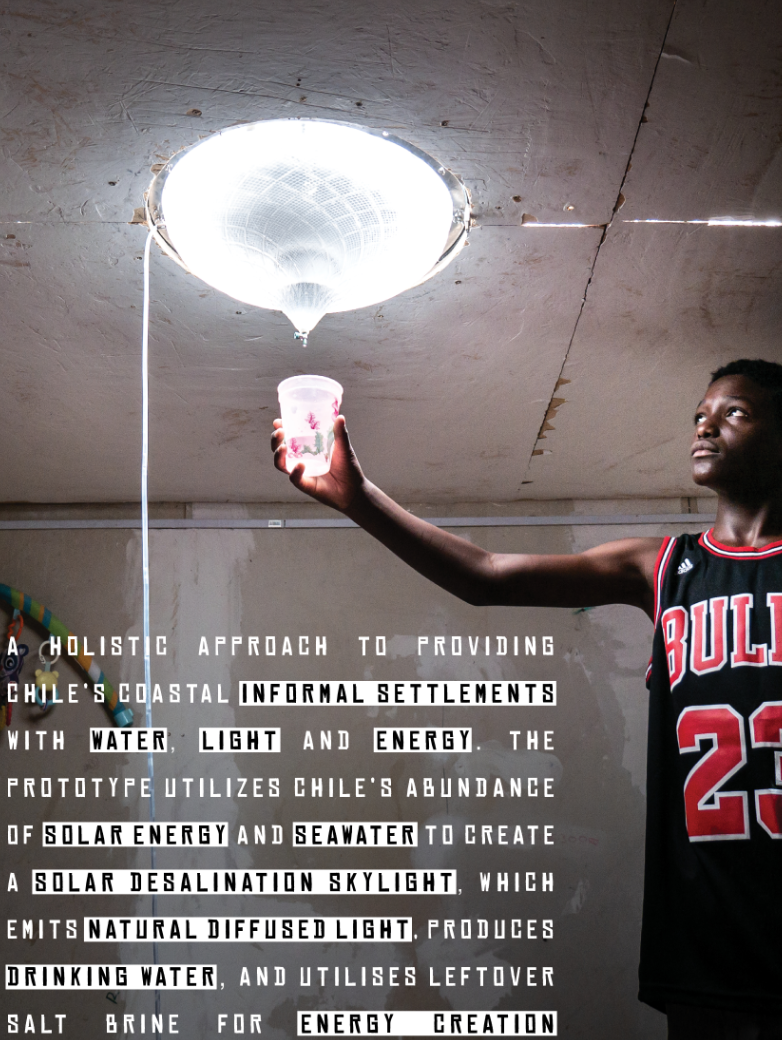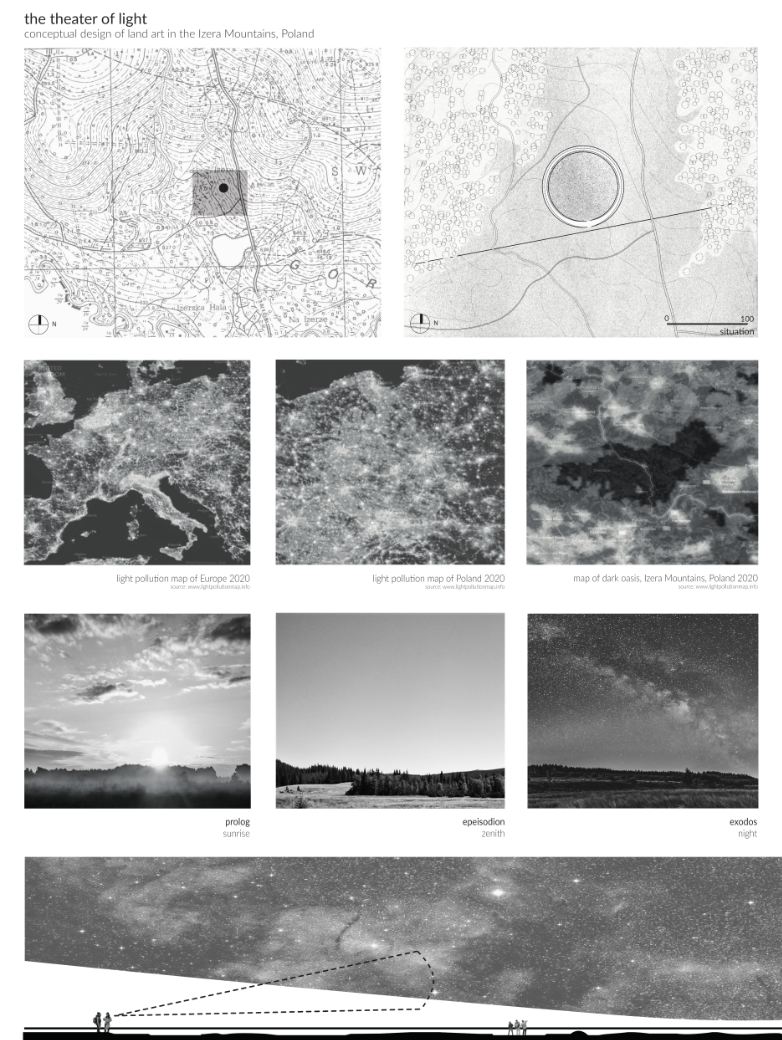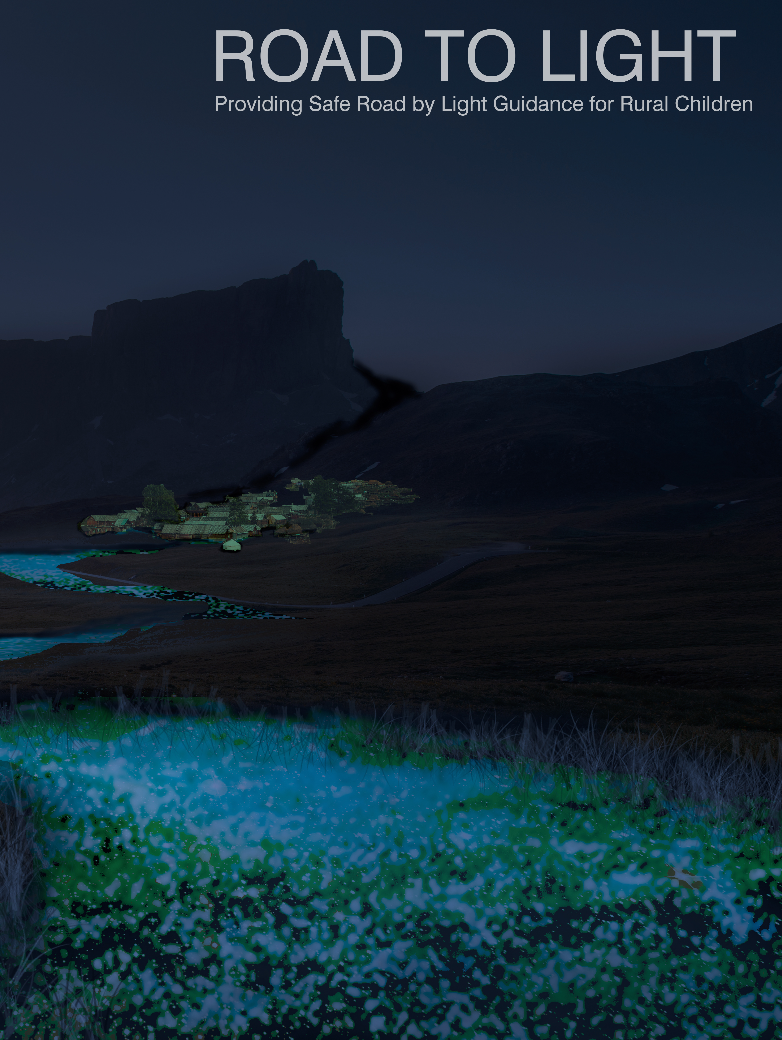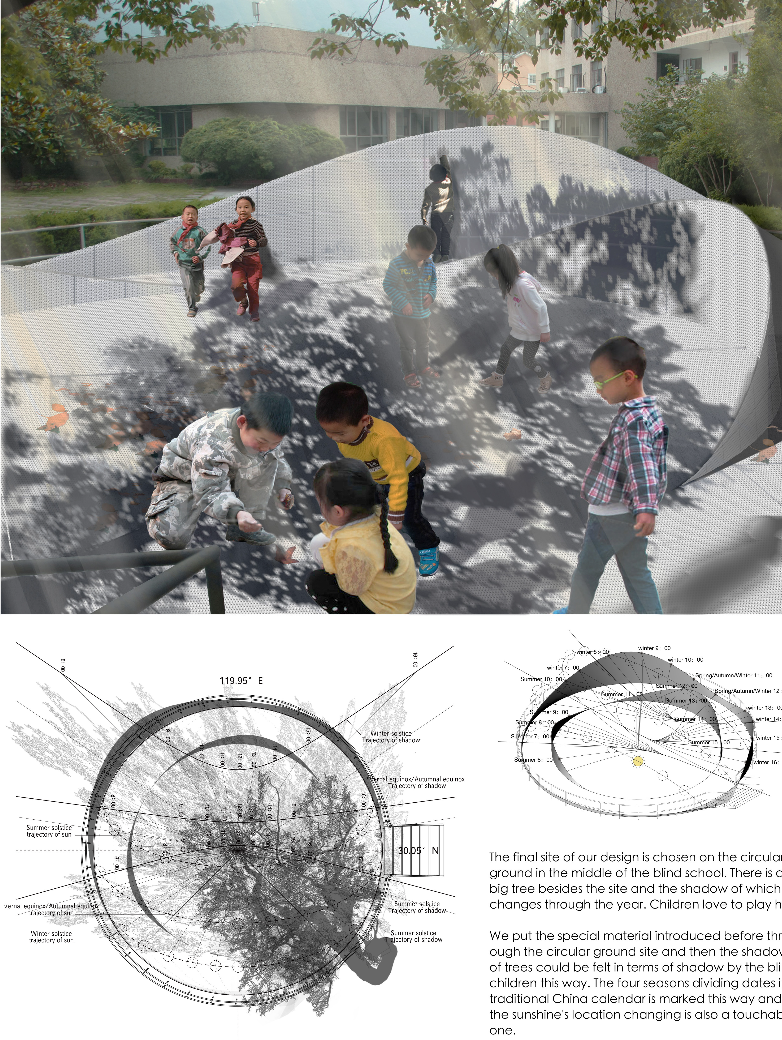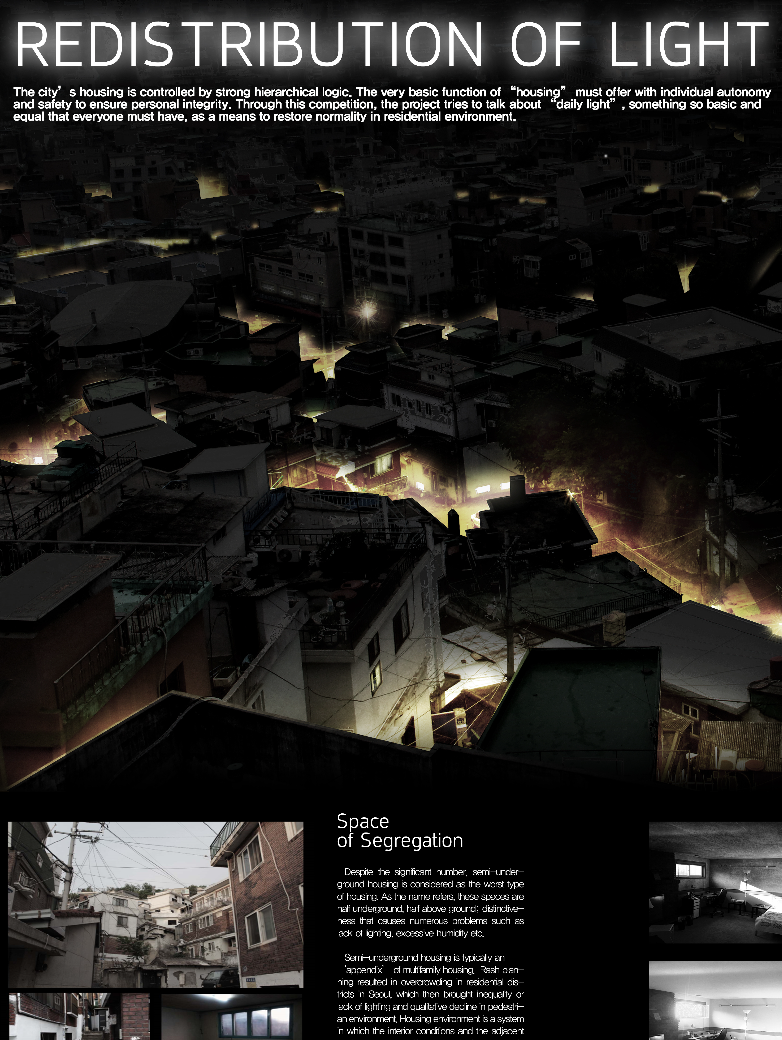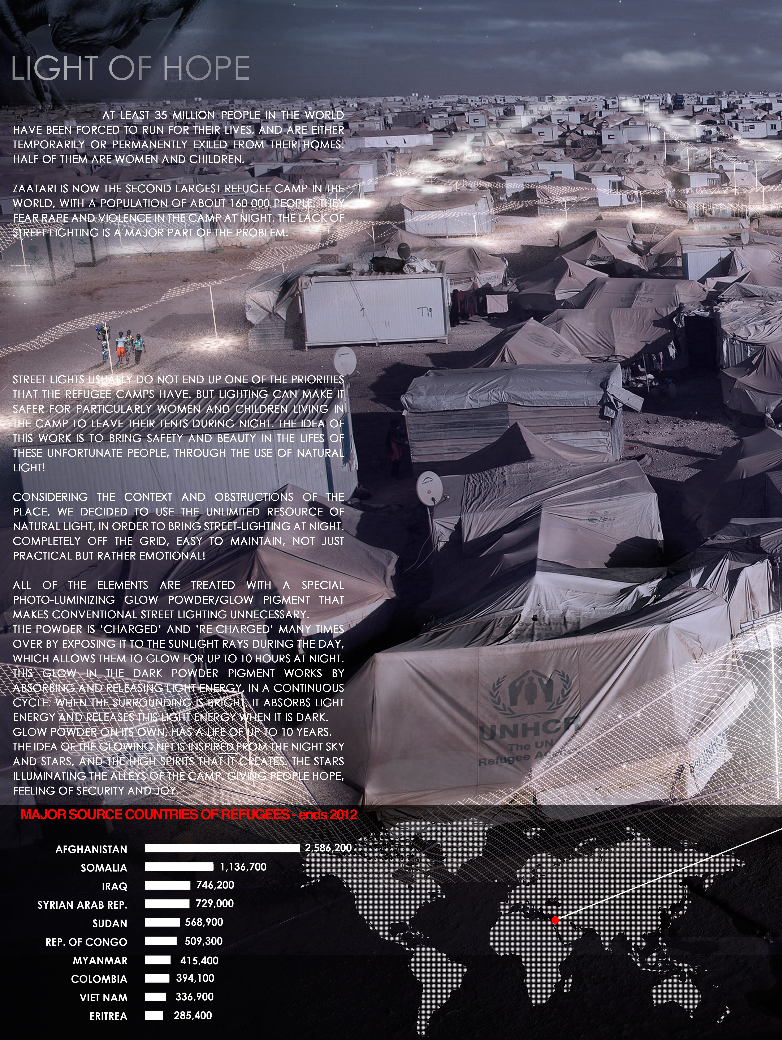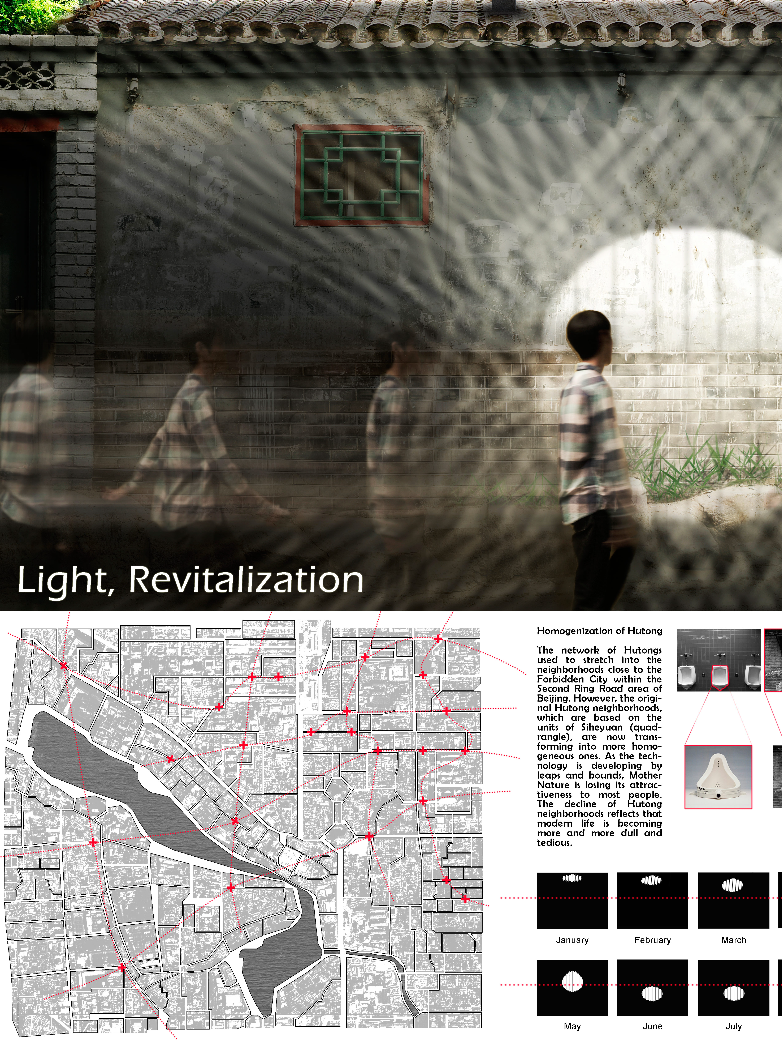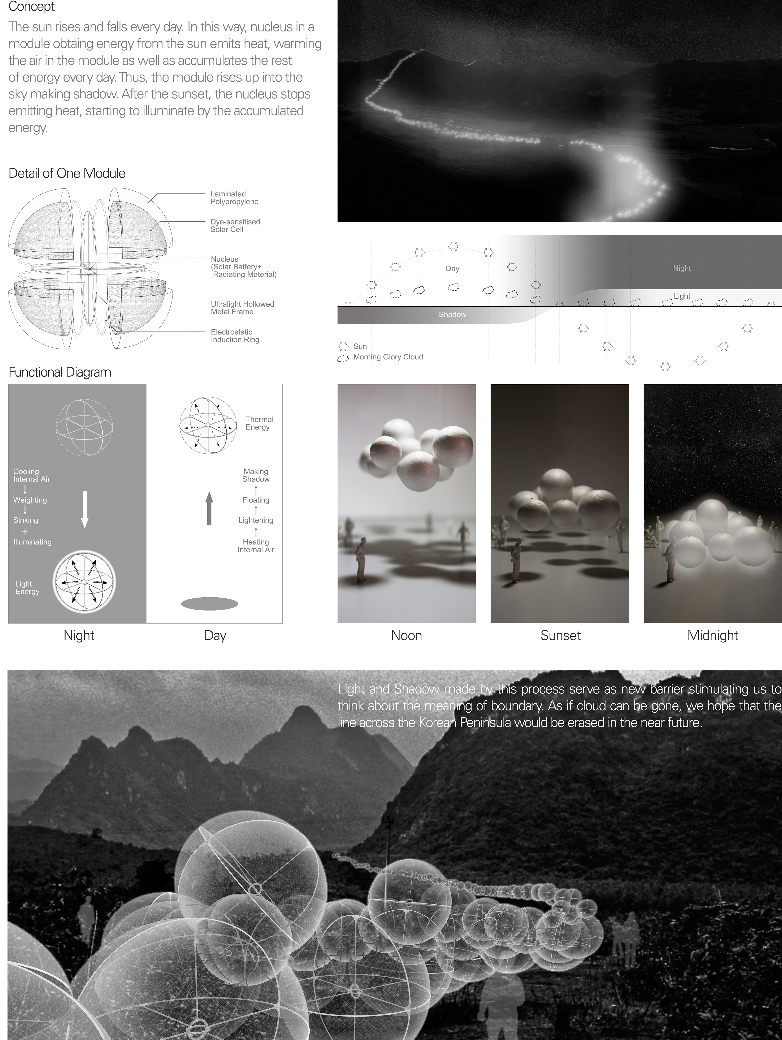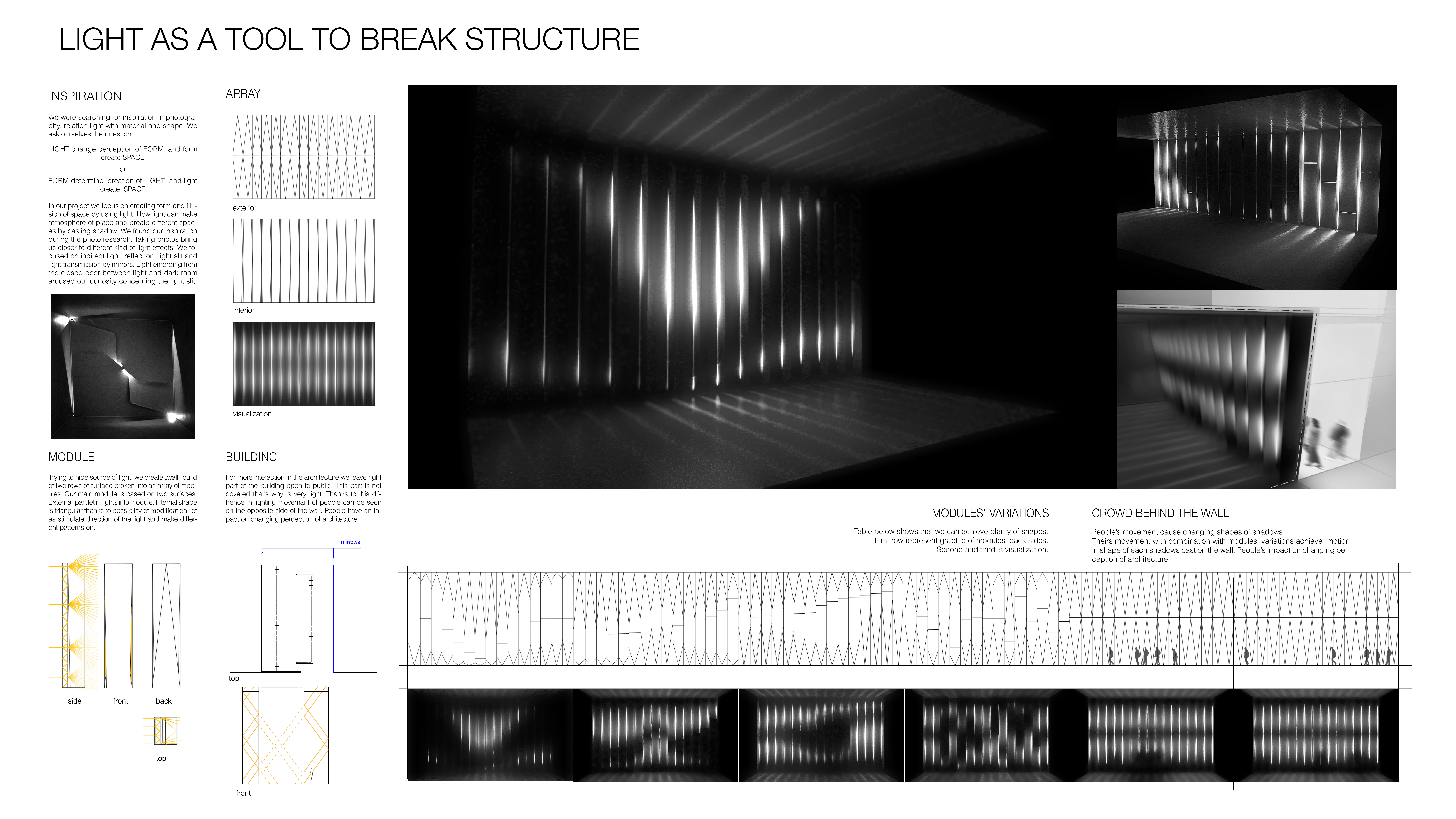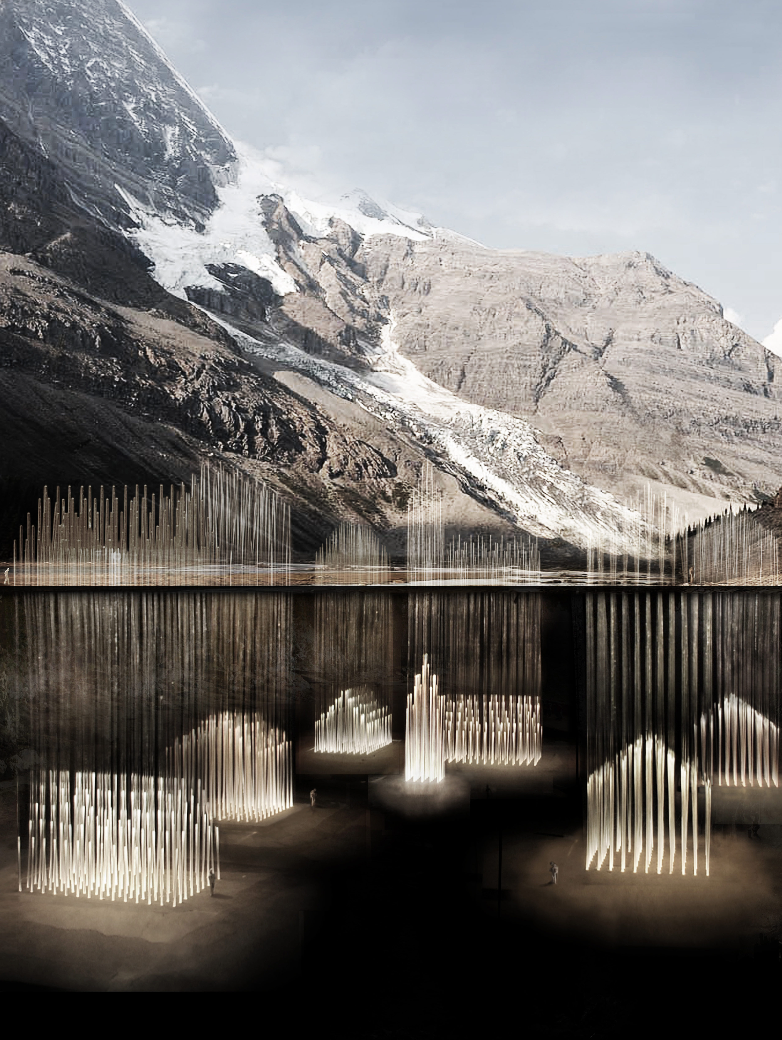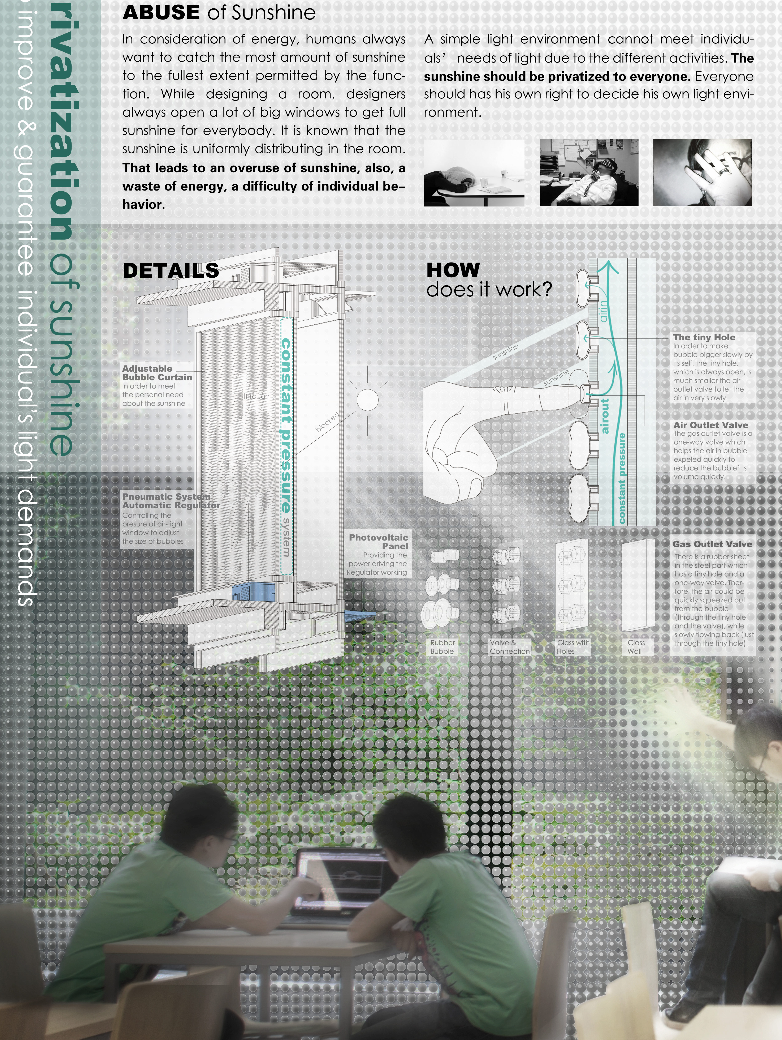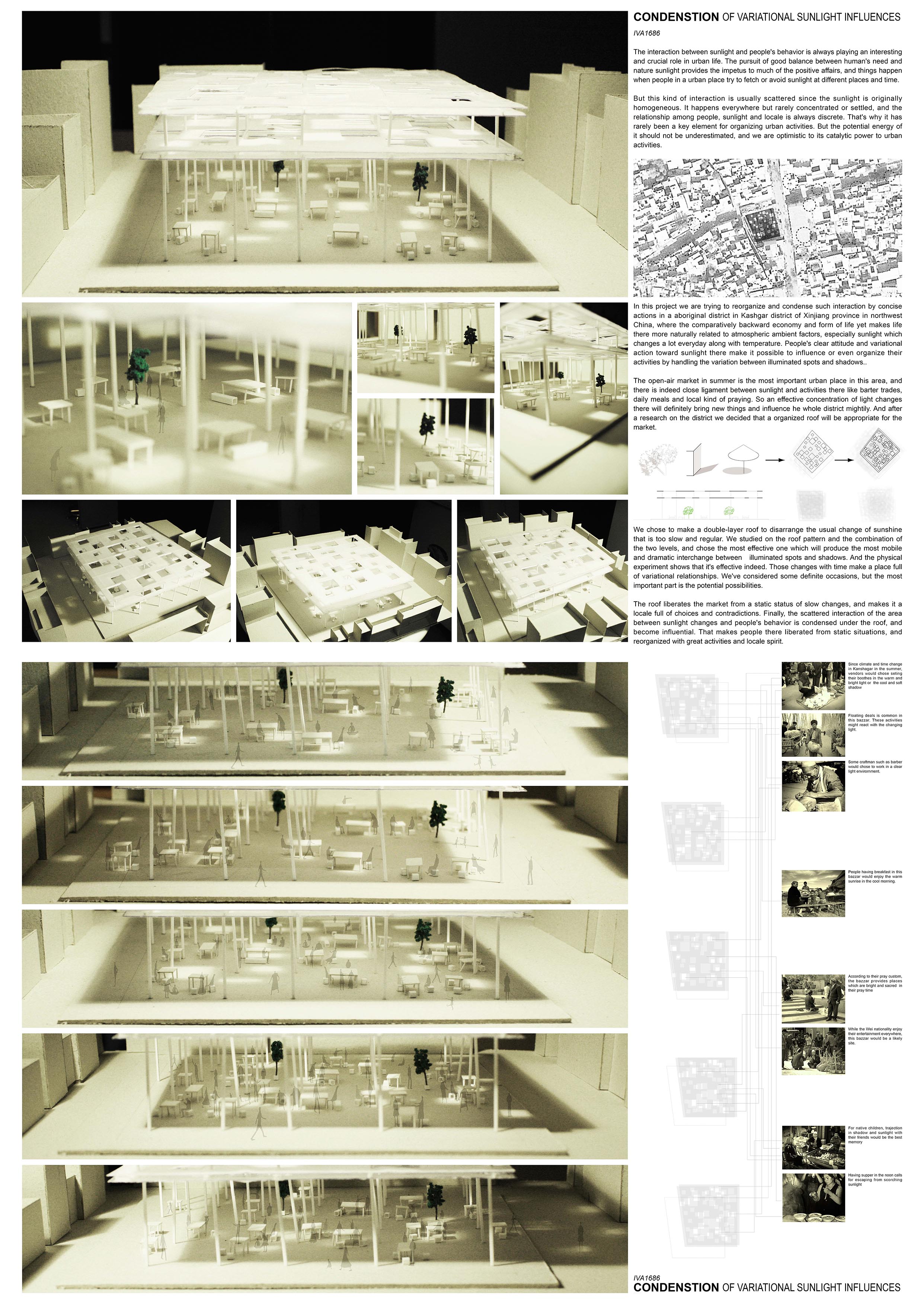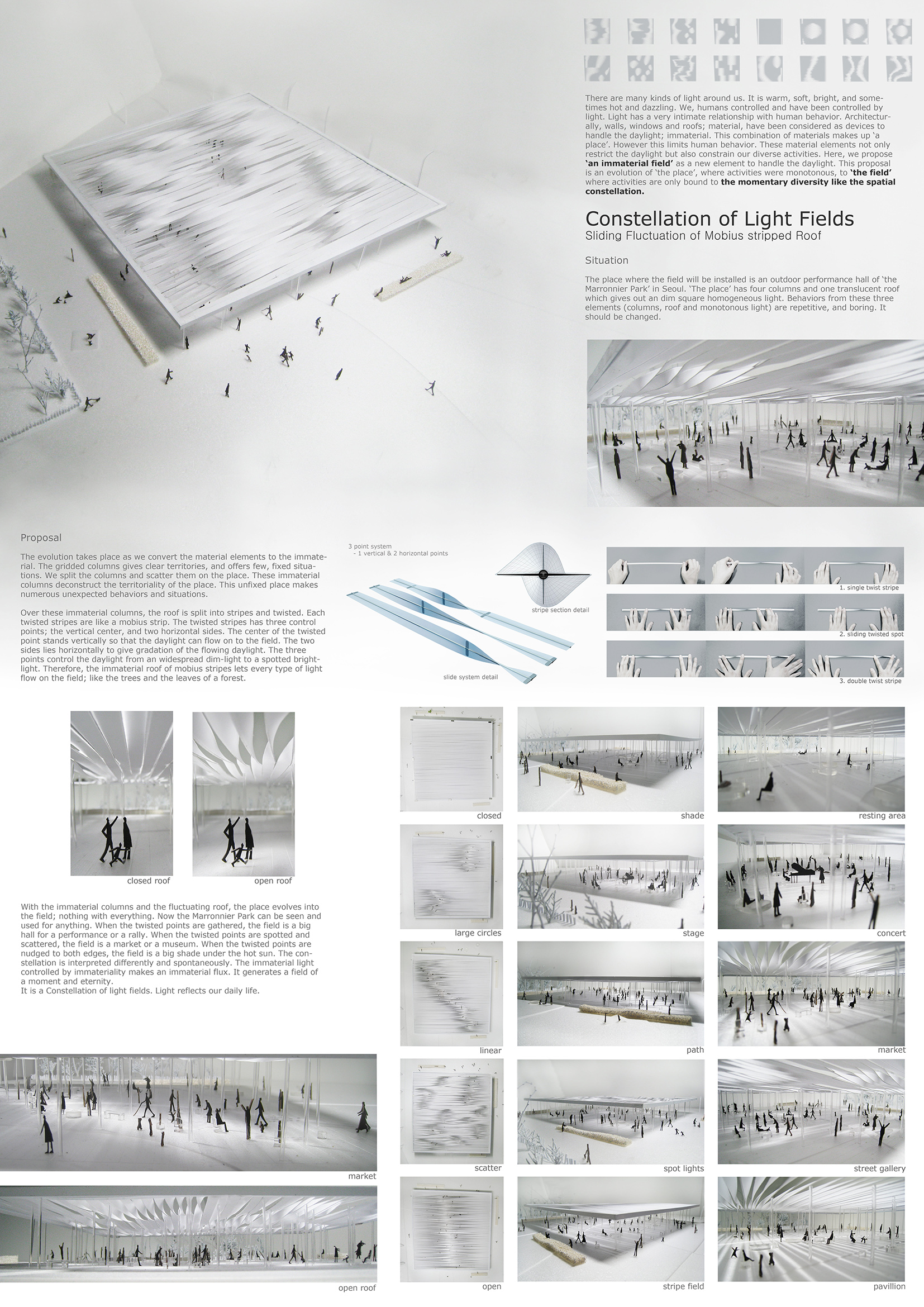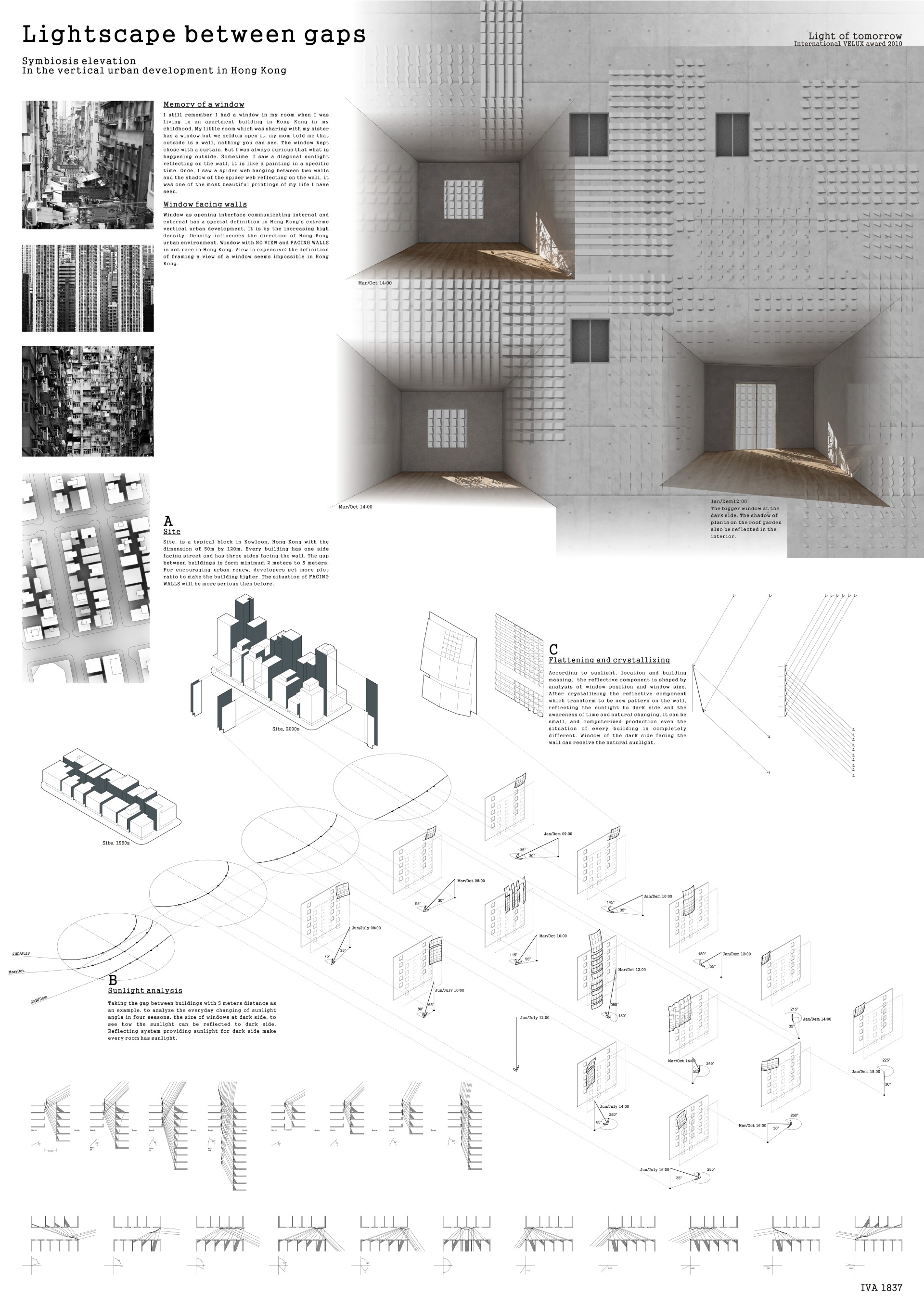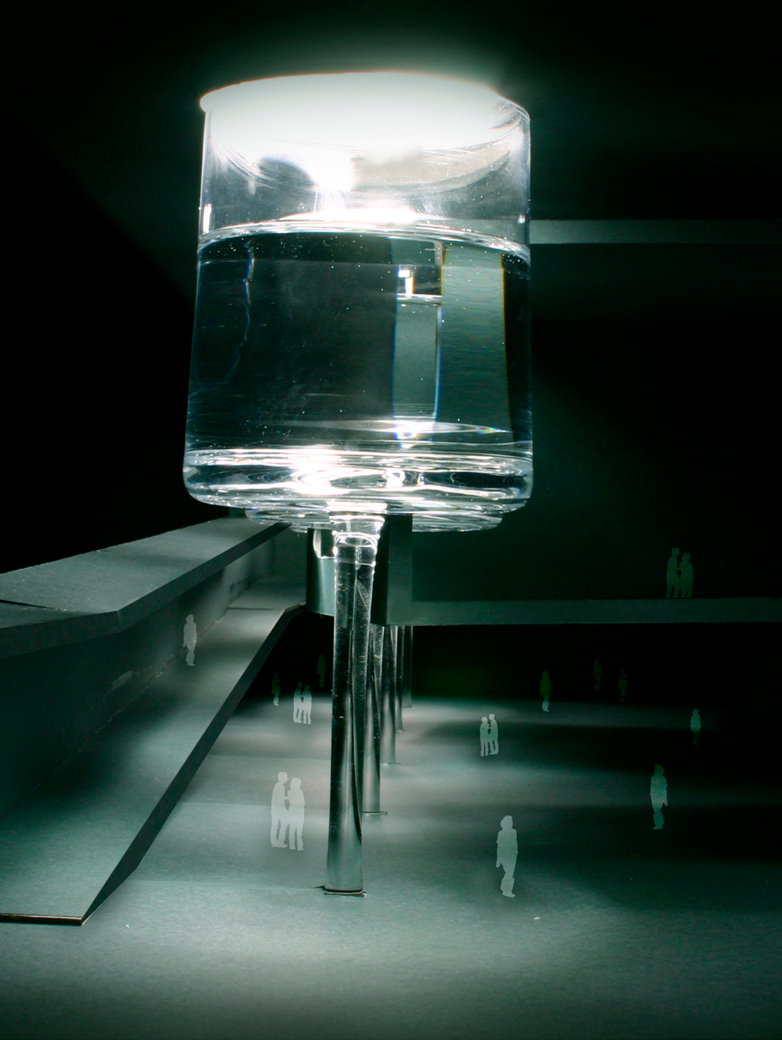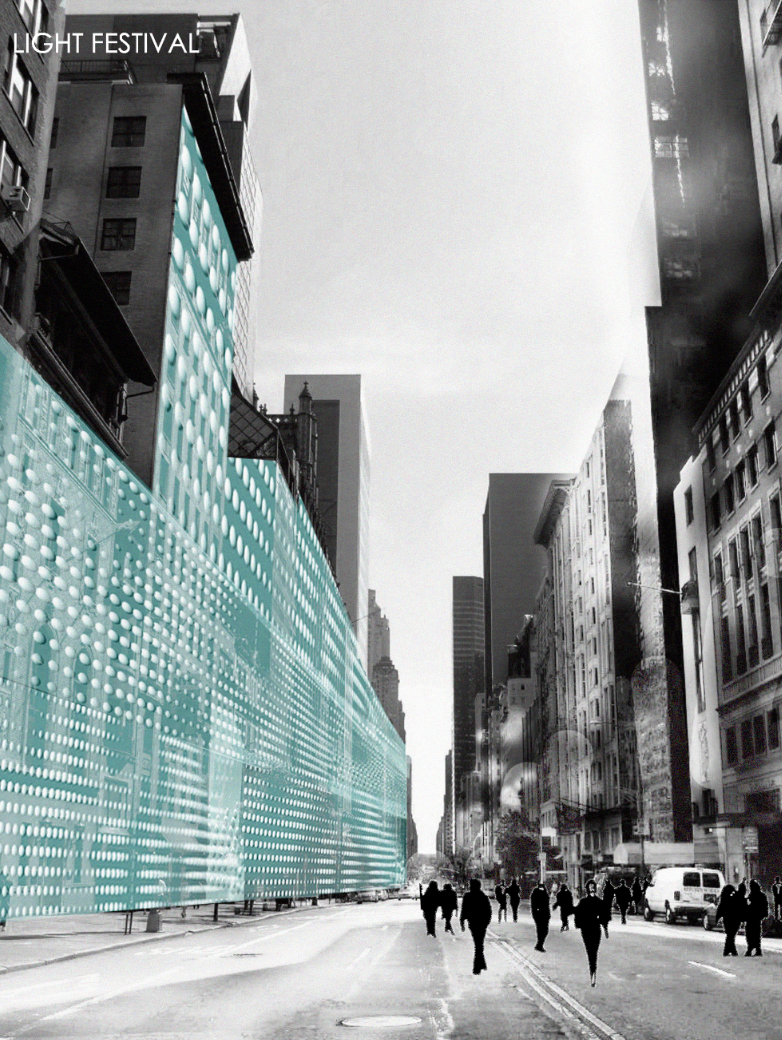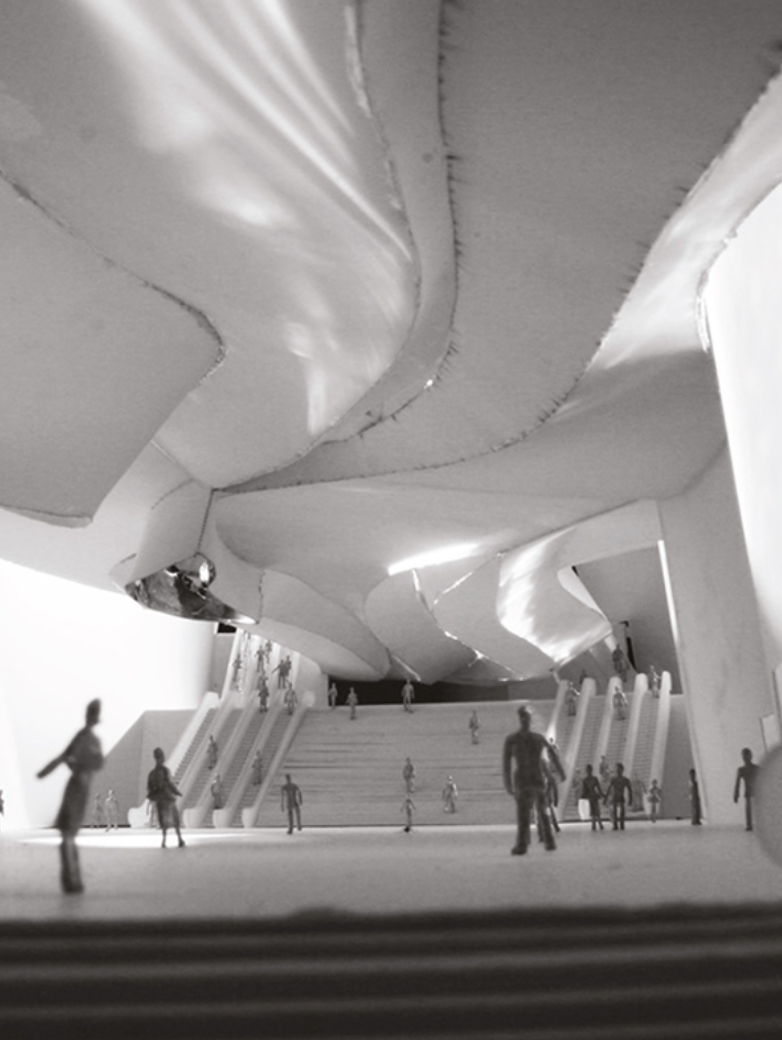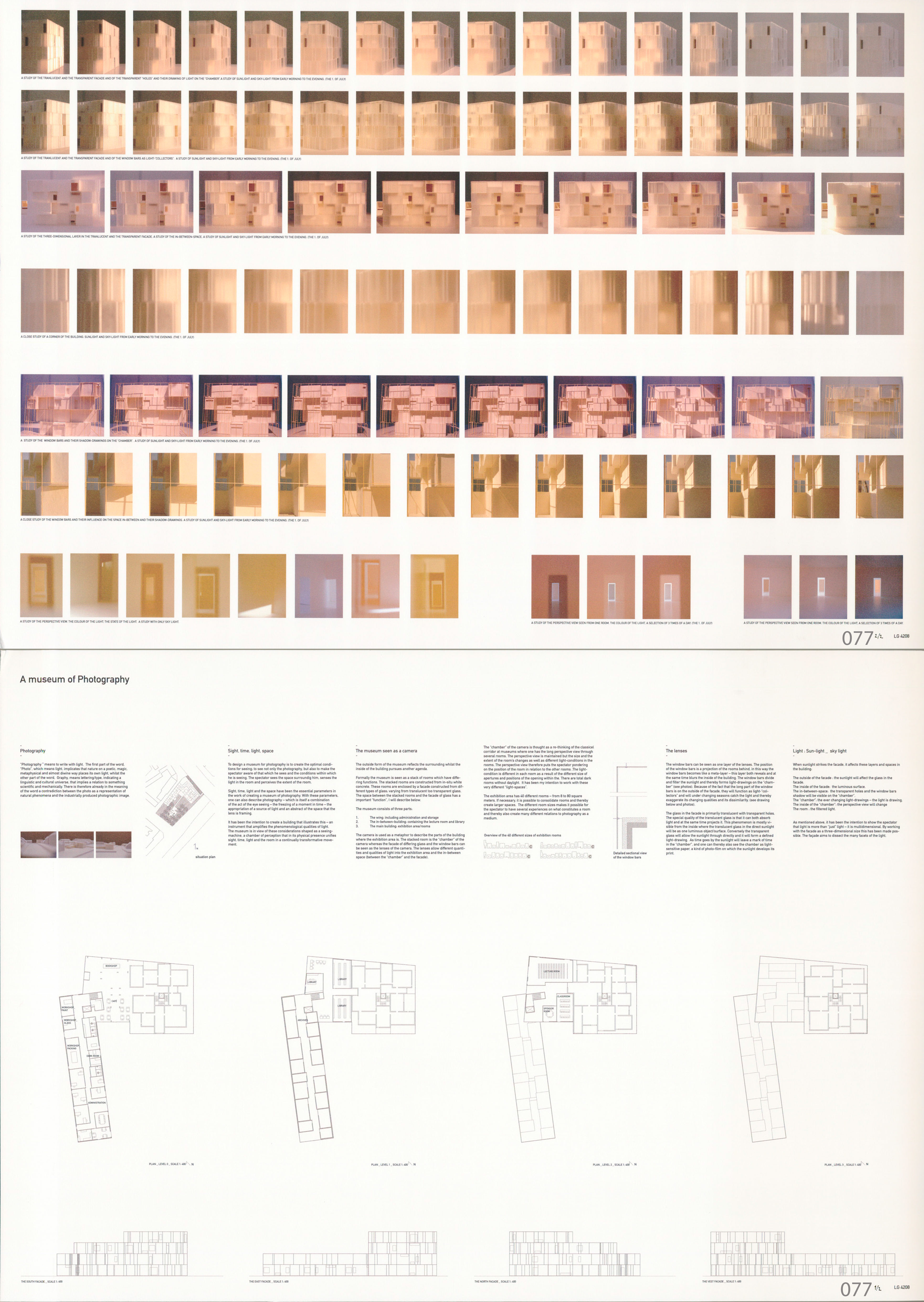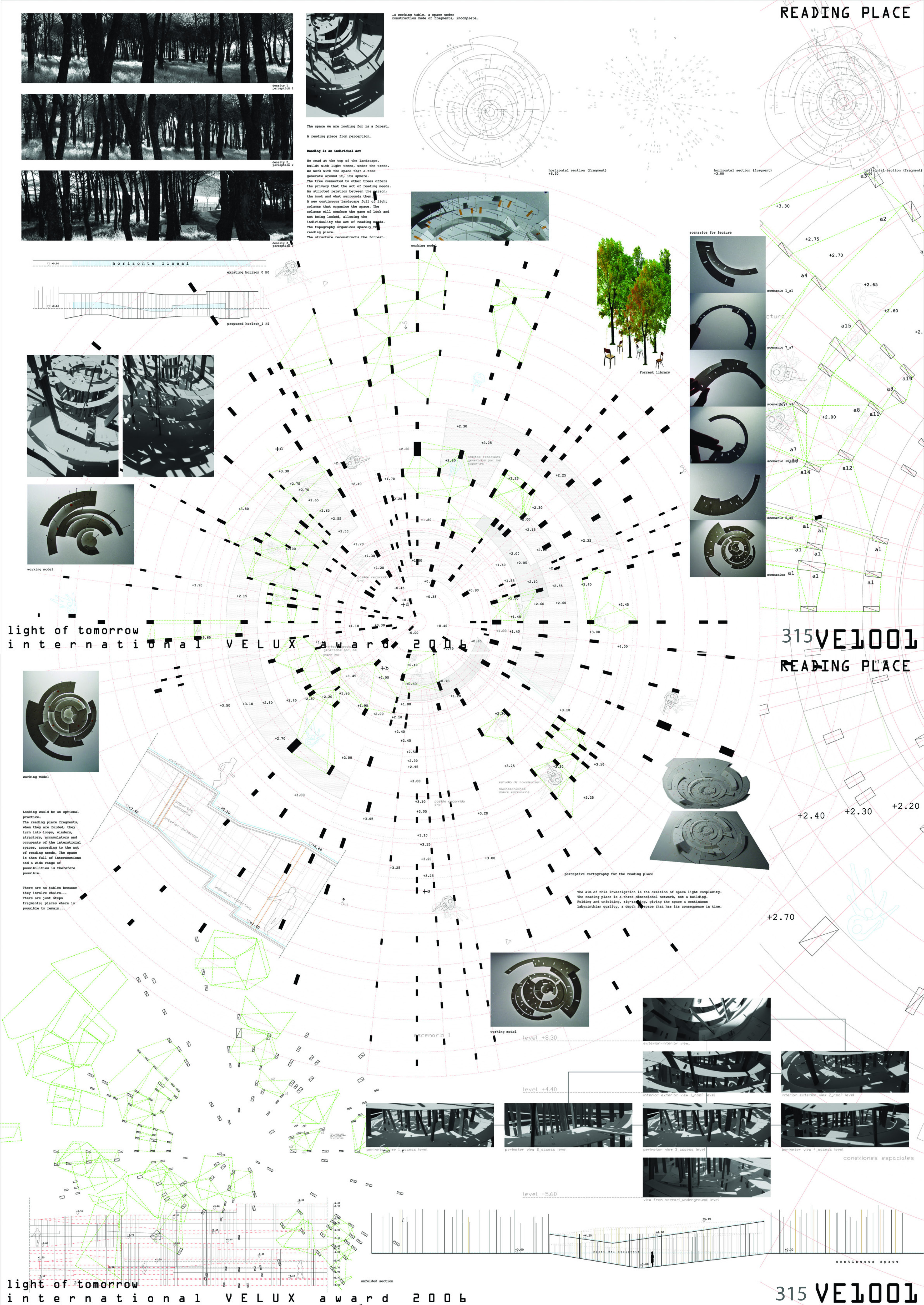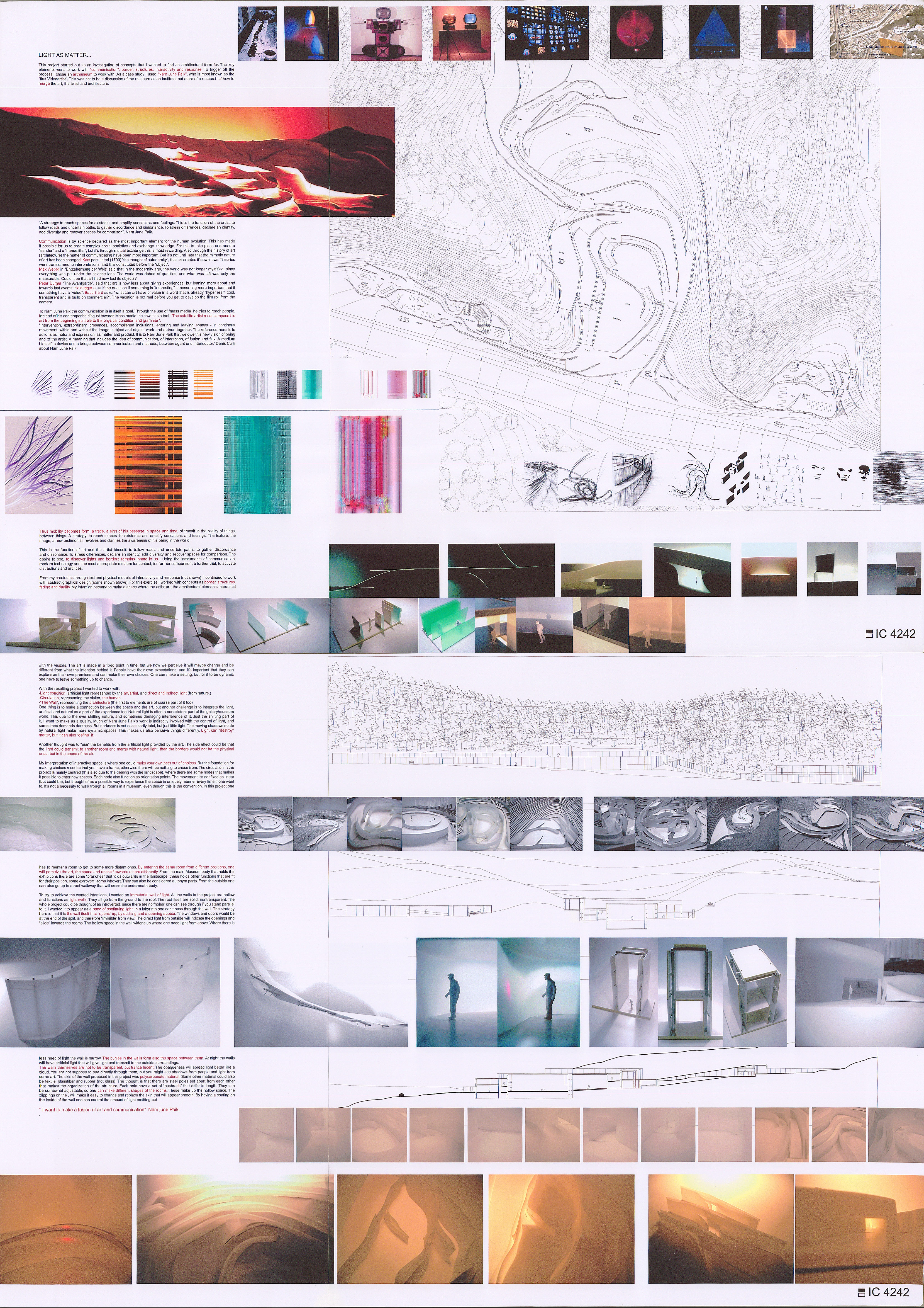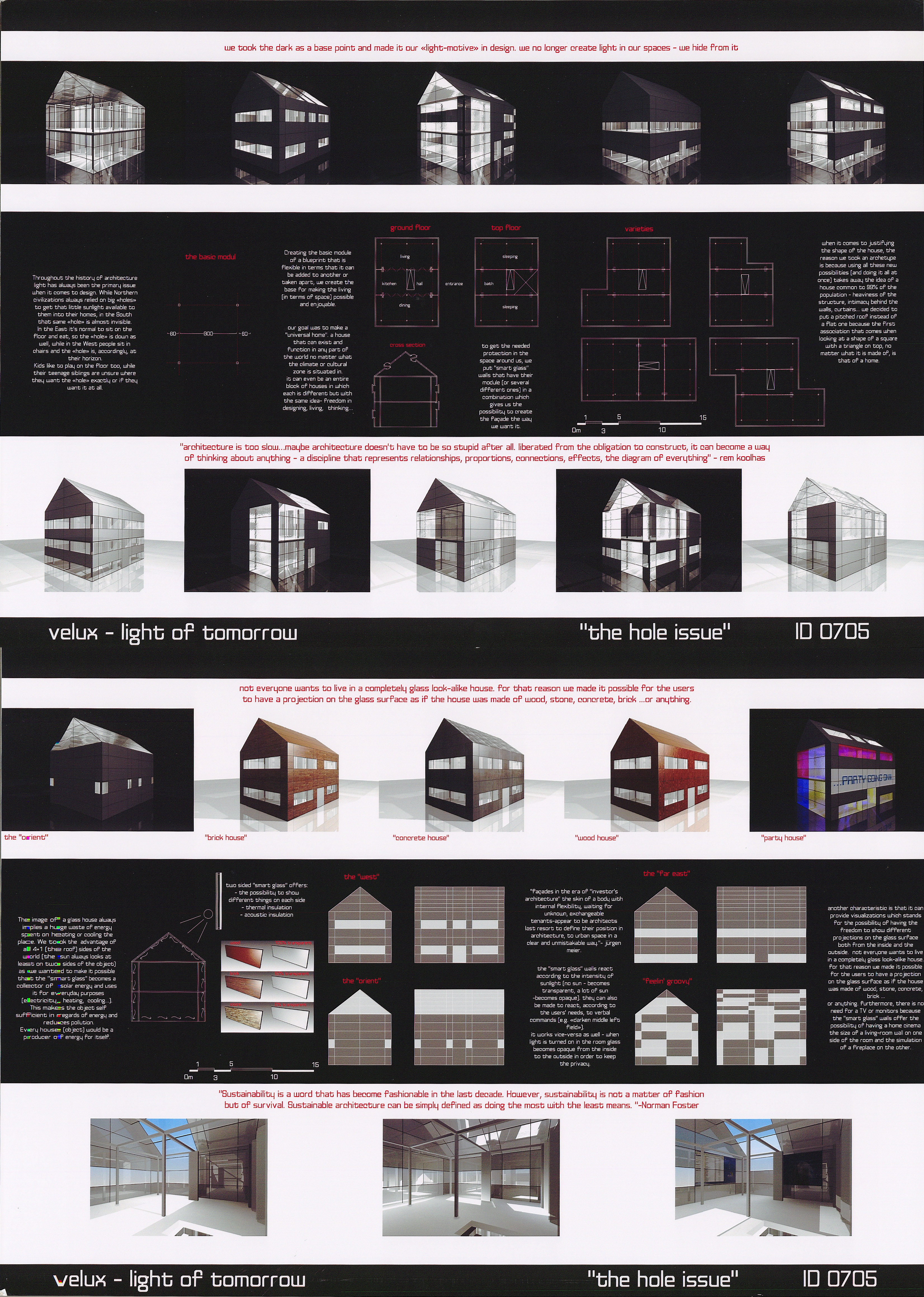2024 - Greenhouse control
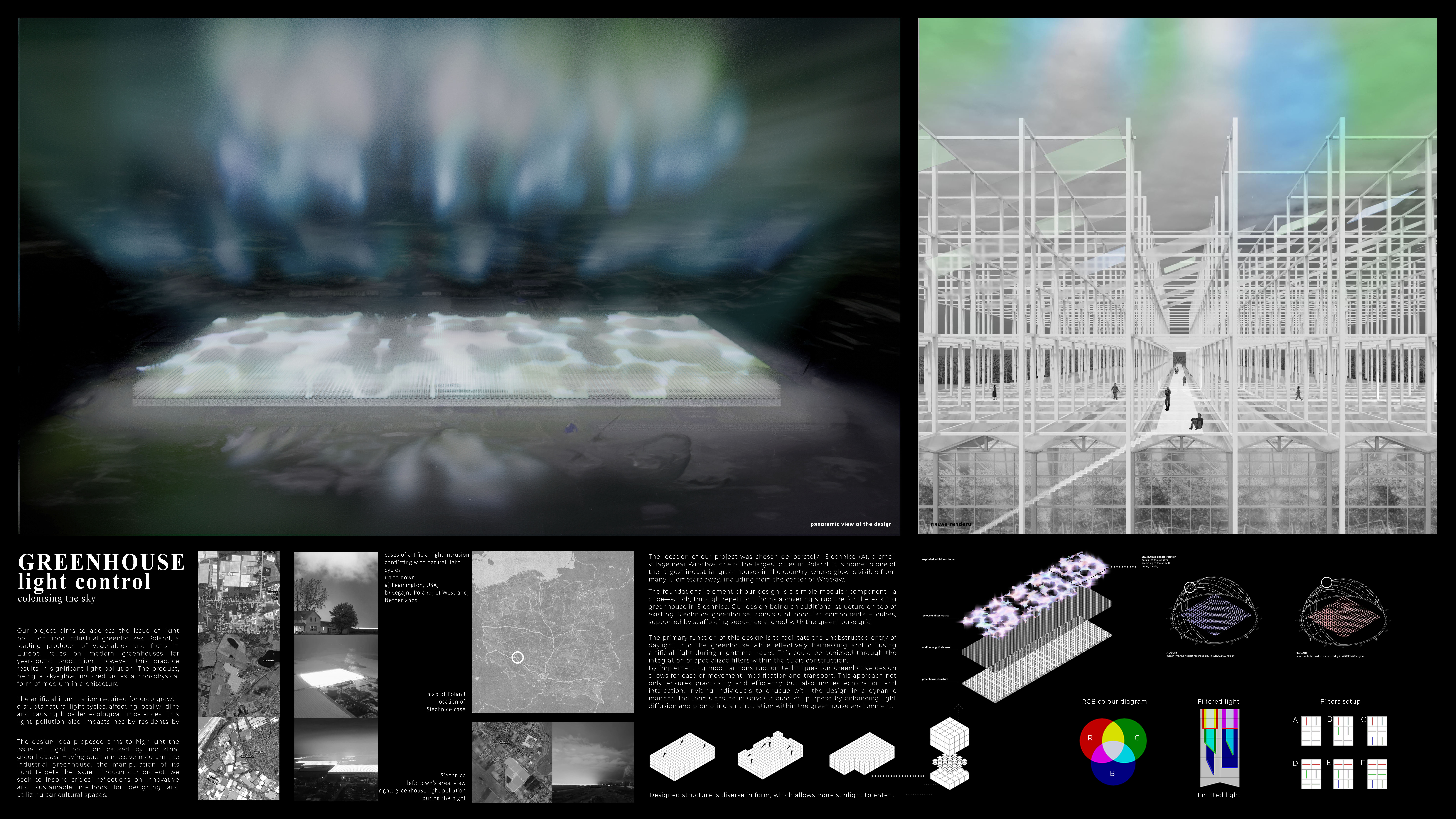
Category
Daylight Investigations - Region 2: Eastern Europe and the Middle East
Students
Katarzyna Kuriata, Jakub Romanik & Aleksander Górzyński
Teacher
Łukasz Wojciechowski
School
Wrocław University of Science and Technology
Country
Poland
Download
Download project board
The primary goal of our project is to draw attention to the issue of light pollution generated by industrial greenhouses. Poland, as one of the largest producers of vegetables and fruits in Europe, plays a key role in supplying fresh produce to both domestic and international markets. A crucial element of this success is the use of modern greenhouses, which enable year-round production. However, the intensive use of greenhouses is associated with a significant issue: light pollution. The product, being a sky-glow, inspired us as a non-physical form of medium in architecture.
This intense artificial illumination, necessary for the optimal growth of crops, results in a localized yet profound disruption of natural light cycles. The concentrated radiation not only affects the immediate vicinity by altering the nocturnal environment for wildlife but also creates a broader ecological imbalance. Additionally, this localized light pollution poses a problem for people living nearby, disrupting their sleep patterns, and reducing their quality of life. The excessive brightness can penetrate homes, making it difficult for residents to experience natural darkness, which is essential for health and well-being.
Moreover, greenhouse production requires enormous amounts of electricity, posing a challenge in terms of sustainable development. The energy used for lighting and maintaining the optimal climatic conditions in greenhouses primarily comes from conventional sources, further burdening the natural environment. In the face of the ecological crisis, efficient management of resources such as space and electricity become pivotal for the proper development and enhancement of the surrounding environment.
The location of our project was chosen deliberately—Siechnice, a small village near Wrocław, one of the largest cities in Poland. It is home to one of the largest industrial greenhouses in the country, whose glow is visible from many kilometers away, including from the center of Wrocław.
The proposed design idea aims to highlight the issue of light pollution caused by industrial greenhouses. Having such a massive medium like an industrial greenhouse, the manipulation of its light targets the issue. The challenge we are addressing is complex and lacks a single, definitive solution. Through our project, we aim to demonstrate that there can be partial ways to moderate light pollution. By exploring innovative and sustainable approaches, we hope to show that it is possible to reduce the impact of artificial illumination from industrial greenhouses, even if it cannot be entirely eliminated. We seek to inspire critical reflections on innovative and sustainable methods for designing and utilizing agricultural spaces.
The foundational element of our design is a simple modular component—a cube—which, through repetition, forms a covering structure for the existing greenhouse in Siechnice. Our design, being an additional structure on top of the existing Siechnice greenhouse, consists of modular components—cubes, supported by a scaffolding sequence aligned with the greenhouse grid. The primary function of this design is to facilitate the unobstructed entry of daylight into the greenhouse while effectively harnessing and diffusing artificial light during nighttime hours. This could be achieved through the integration of specialized filters within the cubic construction. By orienting the structure—planes according to the sun’s azimuth towards the southern direction, we maximize solar exposure, facilitating optimal conditions for plant growth and minimizing reliance on artificial lighting sources during the daytime.
By implementing modular construction techniques, our greenhouse design allows for ease of movement, modification, and transport. This approach not only ensures practicality and efficiency but also invites exploration and interaction, inviting individuals to engage with the design in a dynamic manner. The form’s aesthetic serves a practical purpose by enhancing light diffusion and promoting air circulation within the greenhouse environment. It provokes, aiming to inspire future solutions.
